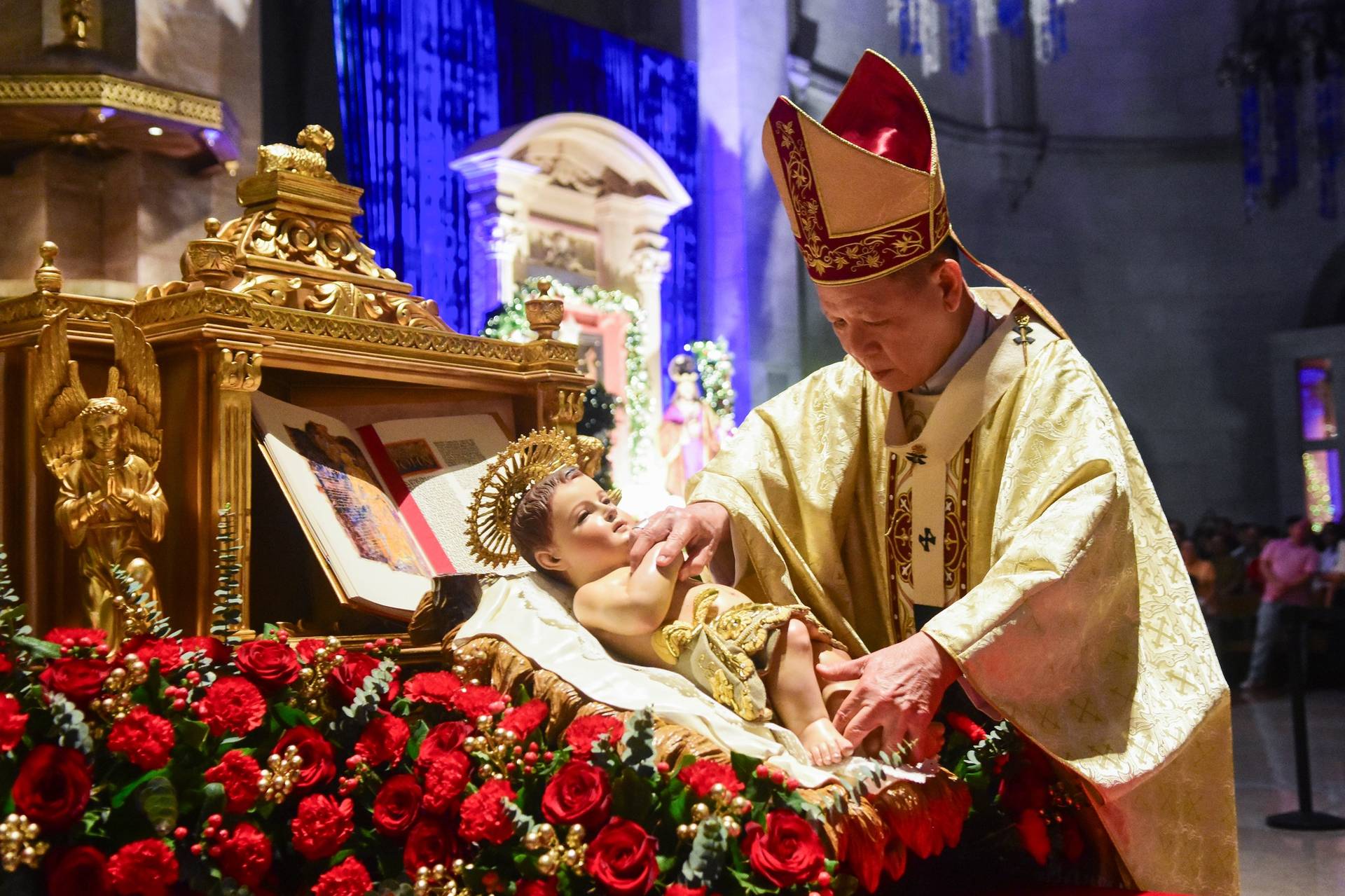OTTAWA, Illinois — As Archbishop John J. Myers was installed as to lead the Archdiocese of Newark, New Jersey, in 2001, he inherited a faith community that was reeling from the 9/11 terrorist attacks on neighboring New York City.
Recognizing the difficulties people were facing, Myers within two days of his installation released a pastoral message seeking to assuage the pain and suffering of families who had lost loved ones, provide spiritual guidance and counsel, and reinforce the church’s teaching on God’s divine mercy.
Titled “If God is For Us, Who Can Be Against Us? Reflections on Faith and Terrorism,” the document offered words of condolences that illustrated the prelate’s concern for a flock shaken by the tragic events.
Myers, who died in his hometown of Ottawa Sept. 24 at age 79, officiated at numerous funerals and services for those who died in the World Trade Center attacks.
Peoria Bishop Daniel R. Jenky announced the death of his predecessor “with deep sadness and yet with confidence in the power of Christ’s resurrection.”
Meanwhile, Cardinal Joseph W. Tobin of Newark offered prayers and condolences to Myers’s family after learning of his death.
“Let us thank God for Archbishop Myers’ service and his love of our church. I entrust him to the loving arms of our Blessed Mother Mary, and I pray that our Lord grant him peace,” Cardinal Tobin said in a statement released by the archdiocese.
In the neighboring Diocese of Trenton, Bishop David M. O’Connell remembered Archbishop Myers for the friendship they developed and his “great sense of humor and a keen interest in literature, especially science fiction.”
O’Connell recalled how the archbishop was “well known for his staunch support of Catholic Church teachings.”
Myers arrived in Newark from Peoria, where he had been appointed co-adjutor bishop in 1987. He acceded to the seat of bishop of Peoria Jan. 23, 1990. He was appointed to head the Newark Archdiocese in 2001.
He served in Newark for 15 years before his retirement at age 75 in 2016. The archbishop guided the archdiocese through two initiatives that focused on parish and community participation that served to strengthen the presence of schools and churches in their locales and allowed parishes to adapt to demographic shifts in northern New Jersey.
In 2011, the future of archdiocesan Catholic schools was reshaped and strengthened under the work of a Catholic Education Commission under Myers’ guidance. The effort led to a new road map for Catholic elementary education during the 2014-2015 academic year.
A couple of years after his installation, abuse survivor advocates in 2003 accused the Newark Archdiocese of mishandling abuse allegations against some of its priests.
“Archbishop Myers has stated publicly that this archdiocese will not return a priest to ministry if there is a credible allegation against him,” an archdiocesan spokesman said in response. “He has been true to his word.”
Born July 26, 1941, in Ottawa, Illinois, John Joseph Myers was the oldest of seven children of Jack and Margaret Myers. He attended Loras College in Dubuque, Iowa, originally intending to be a lawyer. It was during a retreat in his freshman year that he began to seriously consider the priesthood.
After earning a political science degree from Loras, Peoria Bishop John B. Franz sent him to Rome to attend the seminary at the Pontifical North American College and study theology at the Pontifical Gregorian University, from which he received his licentiate in 1967. He later obtained a canon law degree from The Catholic University of America in Washington.
He was ordained a priest Dec. 17, 1966, in Peoria. He served as assistant pastor at Holy Family Parish, Peoria, and St. Matthew Parish in Champaign, Illinois.
In 1977, he began a series of administrative posts, including a decade as vocations director and chancellor. He was vicar general of the Peoria Diocese from 1983 to 1990.
Myers’s years as bishop of Peoria were characterized by increases in vocations to the priesthood and eucharistic devotion, as well as by a strong leadership style emphasizing “crisp and clear Catholic identity” and fidelity to church teaching. He presided over several major events preparing for the arrival of the Jubilee Year 2000, including a series of regional Masses that attracted thousands of faithful.
The first of the seven pastoral letters he penned as bishop of Peoria — “The Obligations of Catholics and the Rights of Unborn Children” — thrust him into the national spotlight. It contained teaching targeted to both voters and Catholic politicians, as well as forceful declarations such as: “There is, and can be, no such thing as an authentic ‘pro-choice’ Catholic.”
Myers was active in national and international church affairs. He was an early and avid supporter of the Pope John Paul II Cultural Center in Washington, which is now the St. John Paul II National Shrine.
He also served on the board of governors of the National Catholic Bioethics Center; the Seminary Committee and board of trustees of The Catholic University of America; the Papal Foundation; and various committees of the U.S. Conference of Catholic Bishops’ including the Committee on Hispanic Affairs and the Committee for Aid to the Church in Eastern Europe and the former Soviet Union.
In addition, he served on the bishops’ Ad Hoc Committee on Sexual Abuse that drafted the “Charter for the Protection of Children and Young People” in 2002. The ad hoc committee is now the Committee on the Protection of Children and Young People.
Funeral arrangements were pending Sept. 24. However, at the request of Myers’ family, the funeral Mass will be at St. Mary’s Cathedral in Peoria. Burial will be in the Bishops’ Mausoleum at St. Mary’s Cemetery in West Peoria.
Contributing to this report was Tom Dermody in Peoria, Illinois.

















